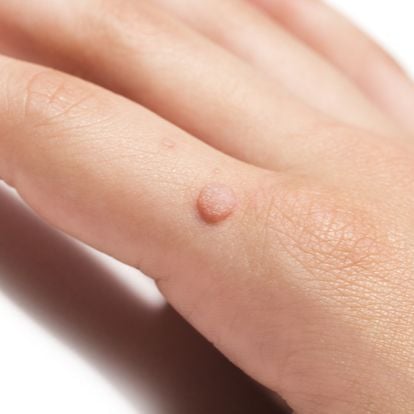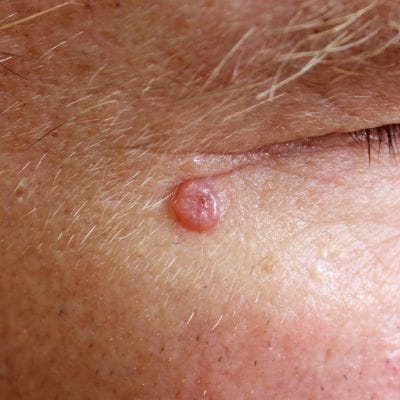Jawline Fillers
Jawline fillers are an increasingly popular cosmetic procedure because they are natural-looking and can be done in just one visit. But before getting into the details of jawline fillers, it’s important to understand the science behind what makes them effective, why people want them, and how it all works. Let’s address all of these questions here to see if jawline fillers are right for you.
What’s a Jawline Filler
Jawline fillers are a type of injectable filler that can add structure and balance to your jaw. The filler is injected directly into your jawbone, increasing bone density and more definition of your jaw. This procedure is done in one visit, and you can go home immediately after (assuming all goes well during treatment). Jaw fillers can reduce the appearance of aging, create a more oval-looking jawline, reduce jowls, contour the jawline, balance jawline symmetry, and much more.
The benefits
An immediate improvement of your jawline and a more sculpted profile. Jawline fillers are an excellent option for those who want natural-looking results. The facial fat is used in small amounts around your jaw area to add volume, giving you a smoother jawline. This treatment can be done as an outpatient procedure with little downtime and no pain. You’ll likely experience some soreness initially, but it should subside within a few days, depending on how much filler was administered. If you’re looking for a subtle but noticeable change to your facial appearance, jawline fillers may be right for you.
Risks and side effects
As with any cosmetic procedure, fillers can cause side effects and complications. The most common include:
- Redness and swelling at injection sites.
- Bruise-like discoloration of the skin may last for a few days or even weeks.
- Transient pain can be treated with over-the-counter medications.
More serious reactions are rare but include infections at injection sites and the development of lumps in filler areas. These may require corrective treatments to resolve them.
Recovery time
The recovery time for a jawline filler varies depending on how much was injected. In general, patients should avoid lying down or doing physical activity 24 hours after treatment. The first day after treatment might be painful and swollen, but ice can help control discomfort. There may be some bruising around injection areas, in which case a plastic surgeon will recommend using cream and/or applying pressure to reduce discoloration. Most swelling should resolve in 2-3 days after the procedure.
Ideal Candidates
Jawline fillers are best suited for those with a well-defined jaw who would like to correct definitions that may have diminished over time. Patients looking for a quick fix or instant results from jawline fillers should know that true jaw definition usually takes several months of consistent diet and exercise before optimal results can be seen. If you have been considering plastic surgery for your face but want something more non-invasive as an alternative, then a jawline filler could be right for you.






